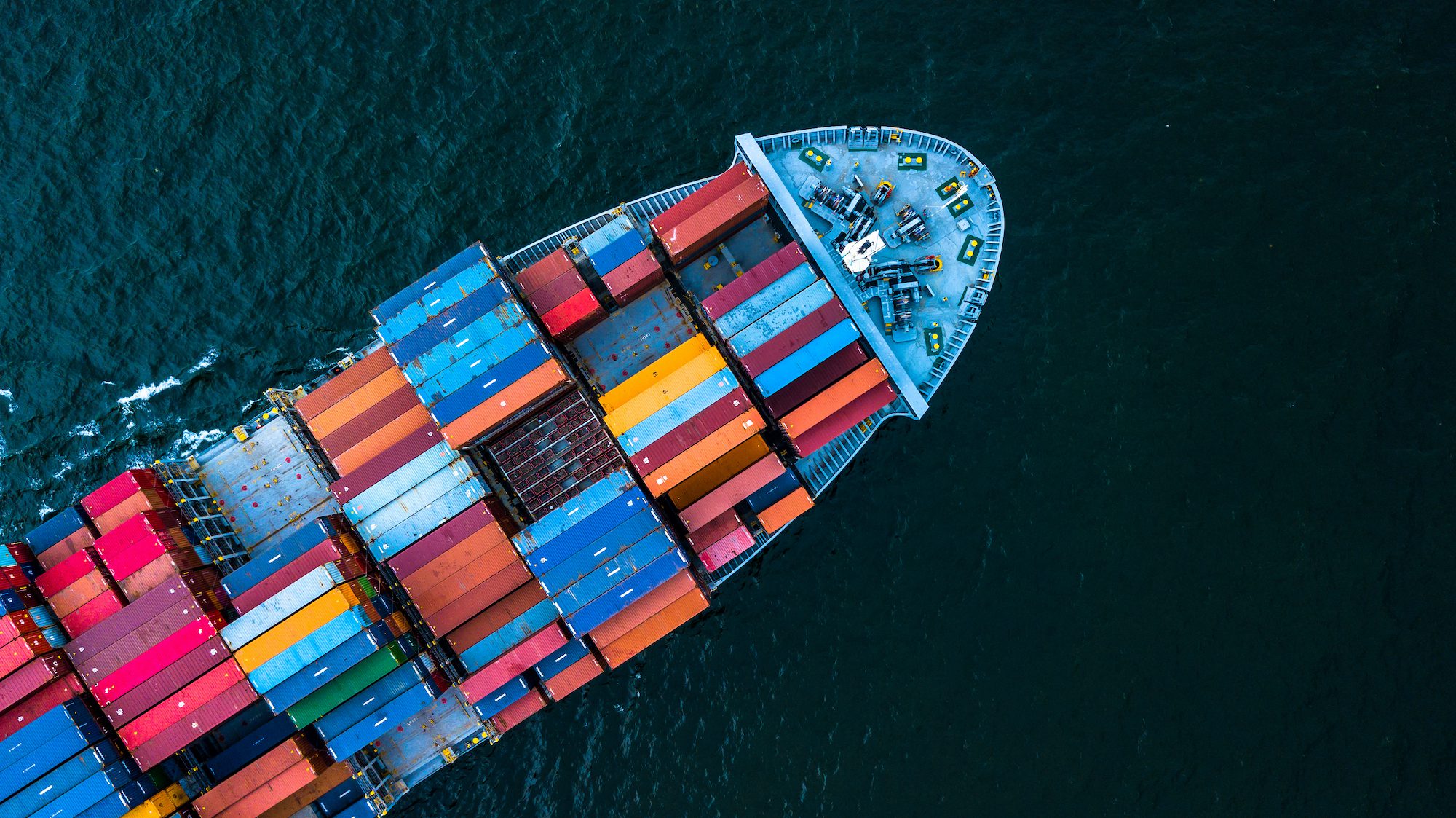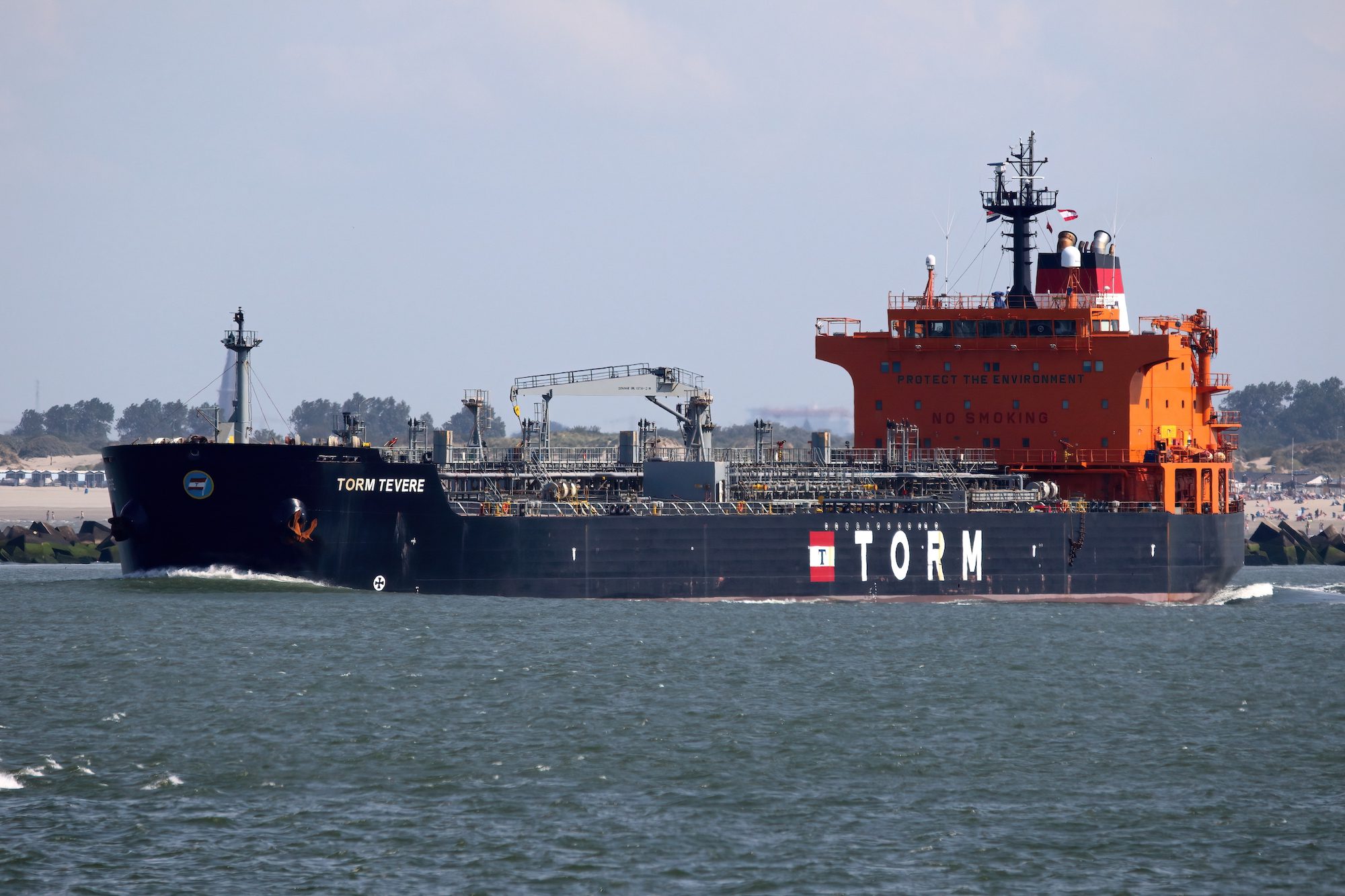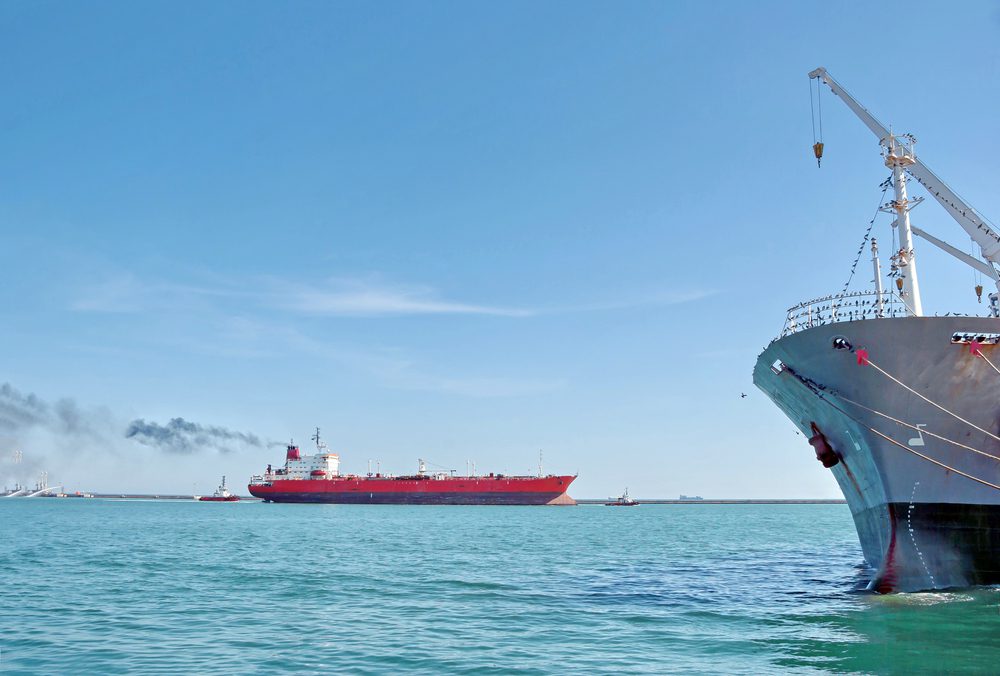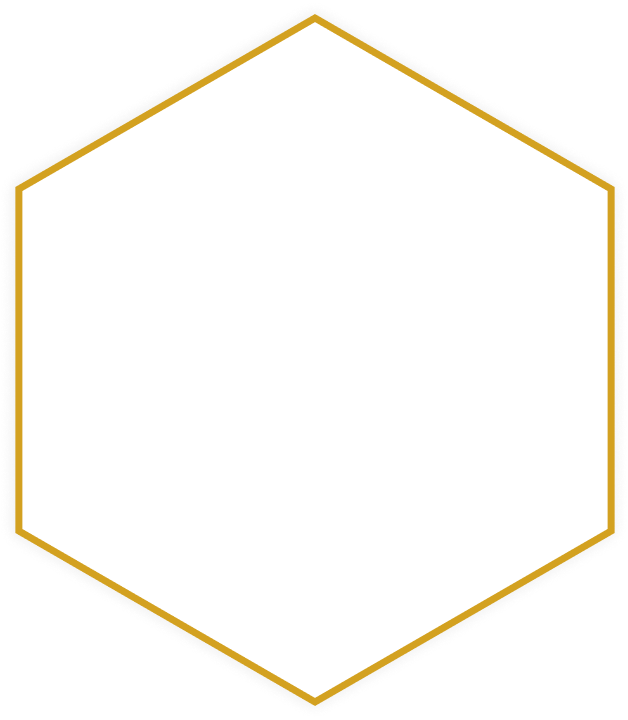By Gavin van Marle (The Loadstar) –
Container spot freight rates on the transpacific and Asia-Europe trades saw a massive jump this week, as a series of 1 June general rate increases (GRIs) took effect and held for the remainder of the week.
All the major indices showed large double-digit gains, apart from the Shanghai Containerised Freight Index, underlining a recently noticeable trend that the SCFI’s movement has tended to indicate the following week’s movement on Drewry’s World Container Index (WCI).
This week’s Shanghai-Los Angeles reading on the WCI saw spot rates climb 57% week on week, to finish at $5,876 per 40ft, matching the 58% increase recorded on last week’s SCFI for the same route.
Meanwhile, the WCI’s Shanghai-New York route was up 39% week on week, to end at $7,164 per 40ft, compared with the previous week’s SCFI reading for its Shanghai-US east coast base port route, which climbed 46%.
On both trades shippers were faced with increasingly scarce capacity – in the Global Trade This Week podcast, DSV’s Pete Mento simply said: “Good luck with getting on a ship right now, because there’s no space”, noting that many US importers have decided to take advantage of the tariff pause while it is still open, because “the money they spend on the containers is still cheaper than the tariffs would have been”…
And they also had to swallow 1 June GRIs of between $1,000 and $3,000 per 40ft.
New GRIs, of similar amounts, have been advised for 15 June and 1 July, although their potential for success remains uncertain – today’s SCFI shows an 8% climb for Shanghai-US west coast base port rates and an 11% increase for east coast shipments, indicating a levelling-off of the spot rate climbs.
Additionally, the tariff-timeout for most countries is due to close in the second week of July, after which, demand could plummet if the Trump administration resurrects the 2 April tariffs.
“Drewry’s Container Forecaster expects the supply-demand balance to weaken again in the second half, which will cause spot rates to decline again in the second half of this year. The volatility and timing of rate changes will depend on the outcome of legal challenges to Trump’s tariffs and on capacity changes related to the introduction of the US penalties on Chinese ships, which are uncertain,” Drewry noted yesterday.
Spot rates on Asia-Europe also showed its highest week-on-week gain for many months, the WCI’s Shanghai-Rotterdam leg gained 32% on the previous week, to finish at $2,845 per 40ft, while the Shanghai-Genoa leg was up 38%, to end at $4,068 per 40ft.
In recent weeks, The Loadstar has detected a certain skepticism among Asia-Europe forwarders that strengthening spot rates would hold; as in general, space and equipment availability have not been an issue, while carrier complaints about surging port congestion in North Europe have not been as keenly felt by their customers.
This week, however, the trade and indices appear in harmony: “30% increase is pretty much spot on,” one forwarder told The Loadstar this morning, likely reflecting the success of new FAK rate increases, also applied from 1 June. For example, today’s WCI rate to North Europe is not far from the $3,300 per 40ft Hapag-Lloyd sought in its GRI this week.
As the peak season hoves into view for the Asia-Europe trades, carriers are looking for further price increases. MSC has announced a new FAK Asia-North Europe rate of $3,900 per 40ft, representing a $1,000 premium on today’s level; and $5,200 per 40ft to Mediterranean ports, both to be implemented on 15 June.
CMA CGM has announced a $250 per container peak season surcharge (PSS) on all Asia-Europe shipments from 16 January.
A previously communicated PSS by Zim, of $1,300 per 40ft to all European destinations, was due to be implemented today.
The Loadstar is known at the highest levels of logistics and supply chain management as one of the best sources of influential analysis and commentary.

 Join The Club
Join The Club











